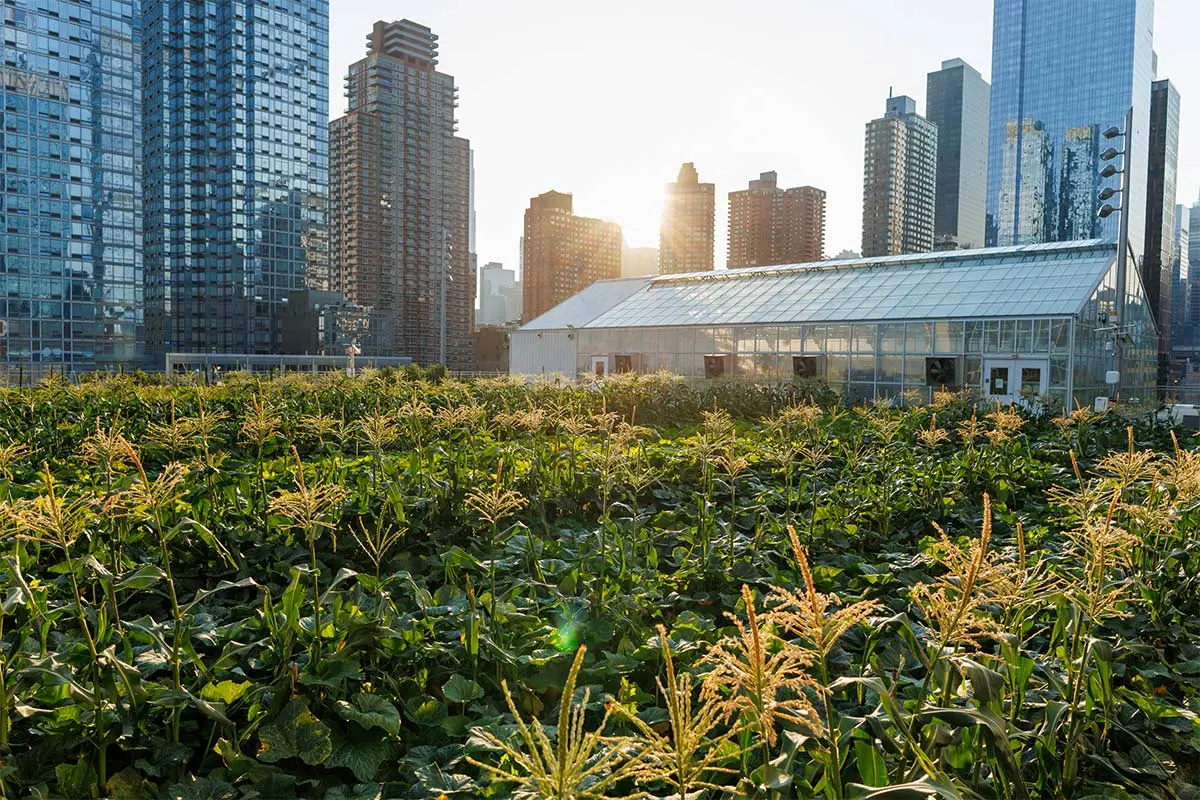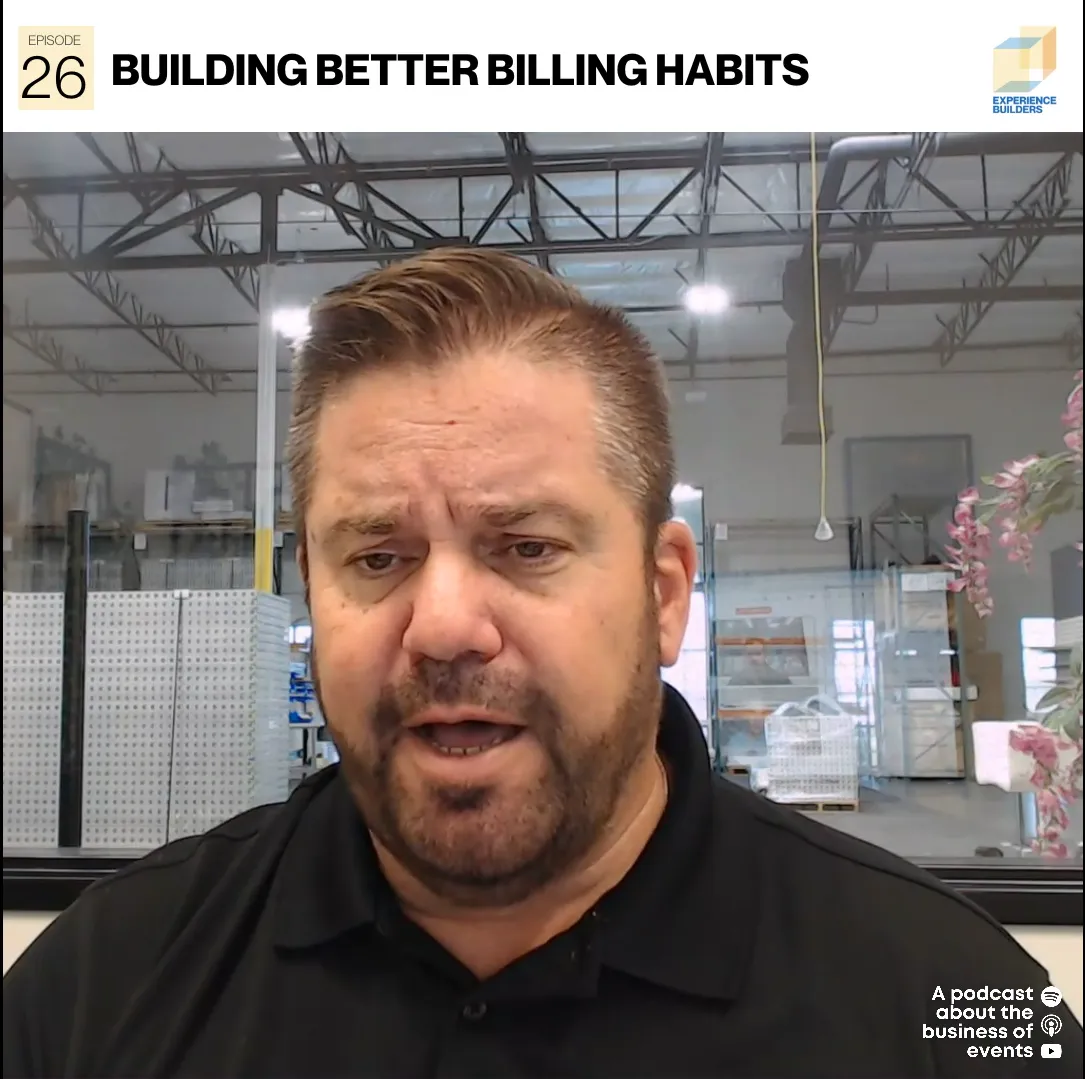Art, Agriculture, and Sustainability
Convention centers are no longer simply places to meet, they are becoming cultural, environmental, and community landmarks. From rooftop farms in the heart of Manhattan to hydroponic towers in sunny Orlando, venues are redefining the attendee experience while making a lasting impact on their local communities.
Two leaders in this movement are the Orange County Convention Center (OCCC) in Orlando, Florida, and the Jacob K. Javits Convention Center (Javits) in New York City. Exhibit City News sat down with Joyce Leveston, president and CEO of Javits, and Mark Tester, executive director of OCCC, to discuss how both convention centers have embraced non-traditional spaces and intentional design to create experiences that inspire creativity, foster connections, and deliver measurable benefits. These enhancements are not just about aesthetics but are a part of a deliberate strategy to keep their venues relevant, distinctive, and in demand.
The Center of Hospitality and the Heart of Manhattan
Known as “The Center of Hospitality,” the OCCC offers seven million square feet of meeting possibilities in the heart of Orlando’s tourism corridor. Tester describes a venue uniquely positioned to host unique meetings and events by incorporating public art, sustainability, and flexible spaces into the core of its identity.
Situated on Manhattan’s West Side, Javits blends iconic New York City and Hudson River views with industry-leading sustainability practices, creating a venue that sets the standard of what can be accomplished in the events industry. “Javits Center where the world meets and events get taken to the next level,” says Leveston.
Signature Non-Traditional Spaces
At the OCCC, artistry meets architecture with “Under Magnitude,” a flowing, coral-like installation by world-renowned artist Marc Fornes that Tester says, “Invites visitors to pause, marvel, and reflect.”
Hanging gracefully in the West Building’s atrium, it transforms the space into a destination for inspiration as much as for meetings. Complementing this is the Center-to-Table Gardens, dozens of vertical hydroponic towers supplying fresh produce for meals prepared by Catering and Hospitality Firm, Sodexo Live! “It’s a farm-to-table concept that demonstrates our dedication to eco-conscious initiatives,” Tester notes, adding that it also serves as a living example of sustainable innovation for guests.
Javits takes the farm-to-table idea to the rooftops with Steel Farm, a one-acre agricultural oasis managed by Brooklyn Grange. “We grow more than 60 varieties of crops right here in New York City,” says Leveston. This unexpected green expanse isn’t just for show—it’s fully integrated into the venue’s culinary operations, offering guests a truly local dining experience and redefining what sustainability can look like in the middle of Manhattan.
While OCCC integrates art and gardens throughout its sprawling campus, Javits builds its sustainability story skyward. Both approaches turn underutilized or unexpected spaces into functional, inspiring, and revenue-supporting assets.
Enhancing the Attendee and Community Experience
OCCC’s meeting rooms and gathering spaces provide a serene, light-filled venue for networking or celebrations, surrounded by pollinator-friendly landscaping and irrigated with reclaimed water. “We honor our environment through design choices that preserve biodiversity and create spaces guests want to linger in,” Tester explains.
At Javits, Steel Farm enables a dining program where “more than 80 percent of the crops are used in our culinary operations, while the remainder is donated to local organizations addressing food insecurity or composted for use back on the farm,” Leveston comments. The Pavilion at North Javits offers sweeping farm views, blending natural beauty with an urban skyline, giving attendees a memorable setting that reflects the venue’s values.
Both venues extend their impact beyond event attendees. OCCC’s gardens showcase sustainable practices to visitors from around the globe, while Javits’ zero-waste farm model supports community needs and reduces landfill waste. In each case, these enhancements create memorable experiences while deepening the venue’s connection to its city.
Placemaking and Design Philosophy
“At the OCCC, design is not just about aesthetics—it’s about intentionality,” says Tester. The venue works closely with show managers to craft spaces that, as she says, “feel immersive, memorable, and uniquely Florida.” From lush outdoor terraces to flexible indoor layouts, this approach ensures that every square foot contributes to the experience, not just the function.
For Javits, placemaking blends sustainability and urban functionality. The venue’s 6.75-acre green roof, fitted with over 2,000 solar panels, doubles as a wildlife habitat. “There are over 72 species of birds, five species of bats, and Manhattan’s largest herring gull colony,” says Leveston. Nine beehives contribute to biodiversity, while the truck marshalling building reduces neighborhood congestion by keeping 200 trucks on-site. “It transforms one of the most stressful parts of hosting an event in New York into one of the most seamless,” she adds.
Both venues view design as a strategic tool to stay relevant in a competitive events market. Whether through art that sparks conversation or infrastructure that eases logistics, placemaking keeps the experience fresh and the destination top of mind.
Measurable Impact
The OCCC credits its enhancements with creating an “Unbelievably Real” experience that inspires repeat business. Its upcoming $560 million Grand Concourse expansion, which will add a 100,000-square-foot ballroom and 44,000 square feet of meeting space, will elevate comfort, functionality, and inspiration even further. By focusing on what guests truly value, OCCC ensures that growth is about more than just square footage.
At Javits, the results are equally tangible. “Over two-thirds of our clients return annually,” says Leveston, noting that new events see “15 – 20 percent growth in attendance” after moving to the venue. Steel Farm’s donations through the JavitsCares program fights hunger in the community, while the green roof reduces heat flux and absorbs seven million gallons of rainwater annually, mitigating street flooding. These environmental benefits align with a broader mission: to serve as a catalyst for the economic development of the community.
Both venues prove that investments in experience and sustainability translate into economic, cultural, and reputational returns, not only drawing events but also generating jobs and reinforcing their roles as civic assets.
From Orlando’s art-filled gardens to New York’s rooftop farm, the Orange County Convention Center and the Jacob K. Javits Convention Center are redefining what a convention space can be. By weaving sustainability, community engagement, and intentional design into their operations, they create experiences that extend far beyond the ballroom.
As Leveston says, “There is simply no place like Javits Center.” While OCCC is not the exact same, it too is inspiring. Both venues prove that awe can be informative and transform each visit into a well-rounded journey that resonates with both visitors and locals alike.
This story originally appeared as a truncated version in the Q4 2025 issue of Exhibit City News, p. 36. For original layout, visit https://issuu.com/exhibitcitynews/docs/exhibit_city_news_-_oct_nov_dec_2025/36.
























